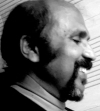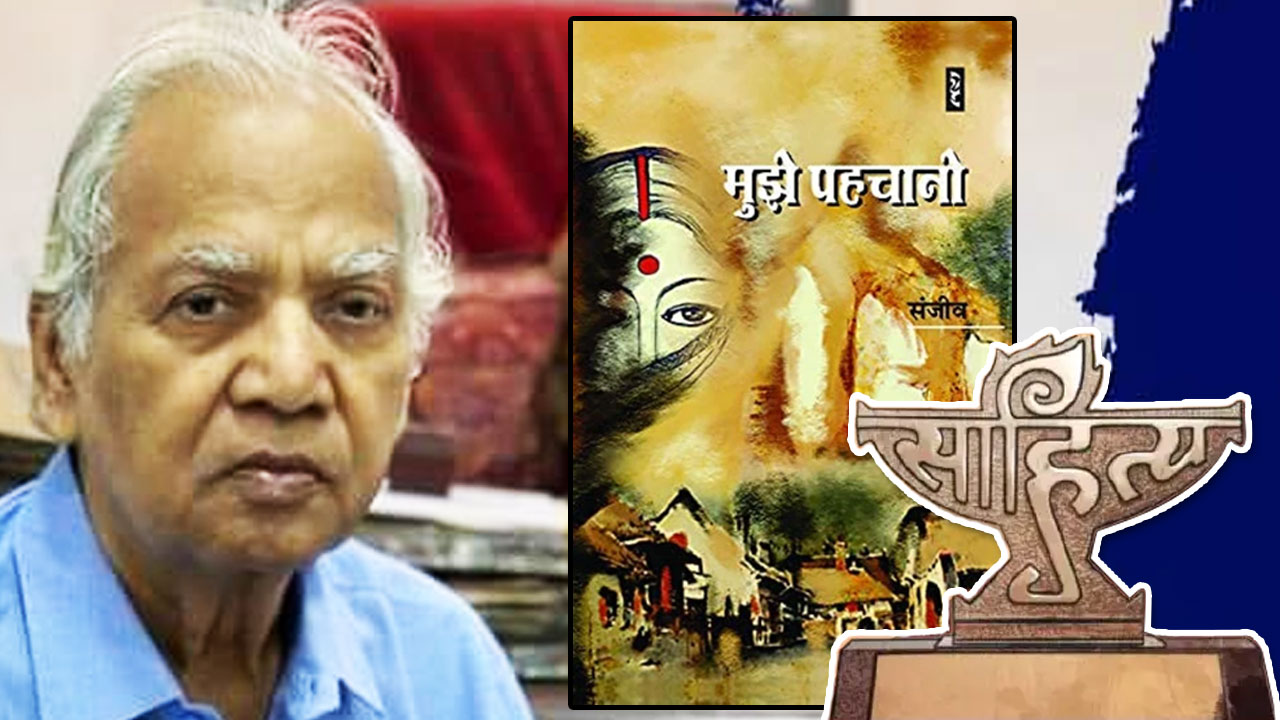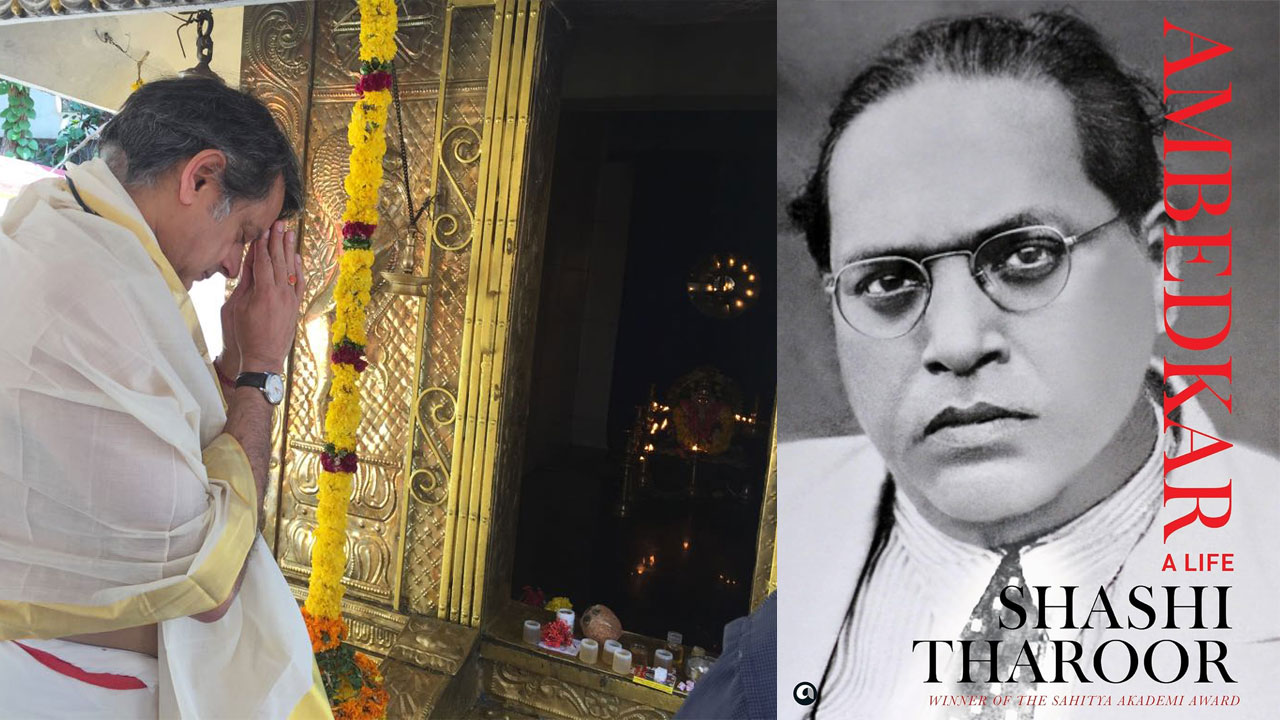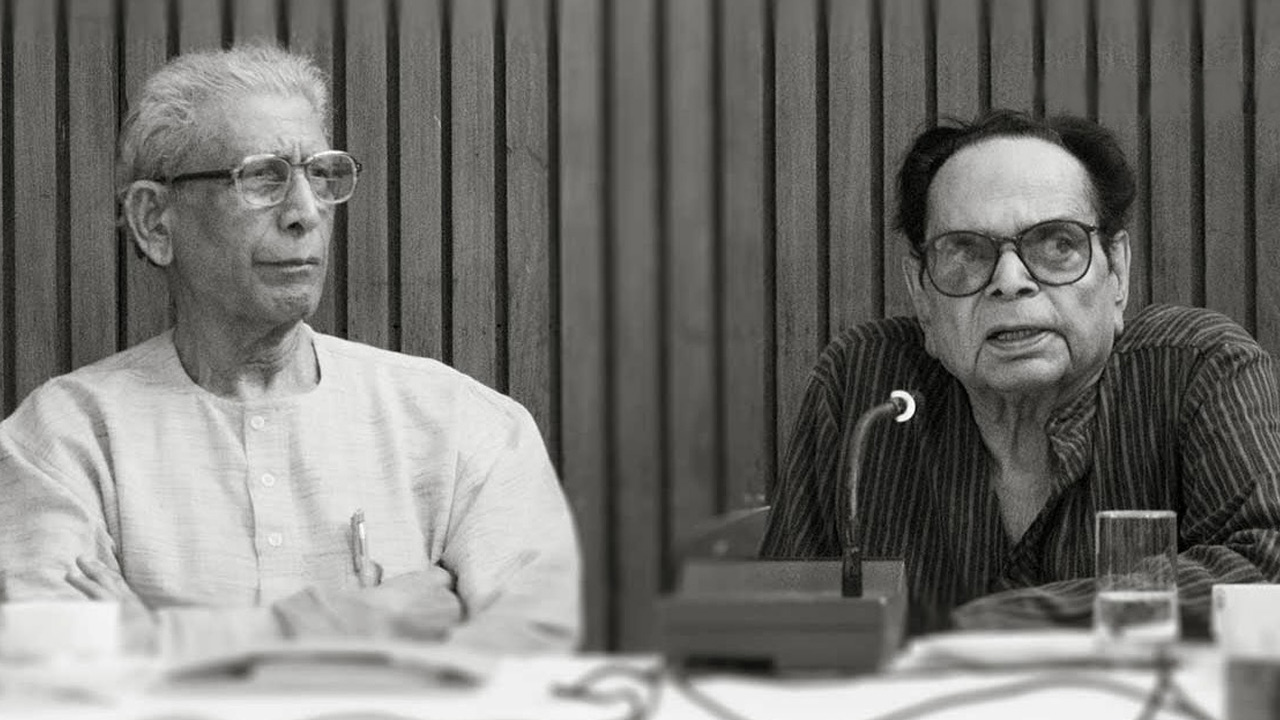The exercise of re-interpreting and unearthing alternative interpretations of Indian culture, literature, mythology, and history has been continuing for the past thousands of years. There have been Vedic and non-Vedic, Aryan and non-Aryan as well as other interpretations, re-interpretations and alternative interpretations. This process gathered pace during the colonial period. The national freedom movement triggered incisive discourses on Indian history, society and the course of the country’s future based on different interests and schools of thought. These discourses were aimed less at understanding the reality and more at safeguarding the interests of different classes, communities, and groups and mobilizing support for them. These discourses are broadly classified into colonial, nationalist, liberal, leftist, anti-Brahmanism, anti-caste, and anti-Varna (Dalit views). Besides, on the pretext of establishing a Hindu Rashtra, covert and overt attempts for re-establishing Brahmanism and Manuvad also began. These schools of thought were not what they appeared or claimed to be. It is a well-known fact that the nationalist, liberal (Gandhian) and leftist streams also had Brahminism and casteist patriarchy at their core.
READ THE FULL ARTICLE HERE: Bahujan literature: Introduction to a new literary-cultural vision





